UCLA team proposes non-photosynthetic biological conversion of CO2
Green Car Congress
SEPTEMBER 7, 2020
Most of us naturally associate biological CO 2 conversion with photosynthesis in plants and algae. Furthermore, the maximum efficiency of solar energy conversion by photosynthesis is 5%, while typical solar panel efficiency reaches 20%. an and Park (2020) “Light-Independent Biological Conversion of CO 2 ,” Joule doi: 10.1016/ j.joule.2020.08.007.

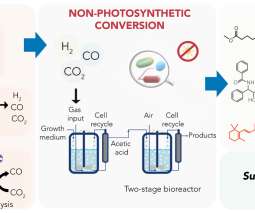

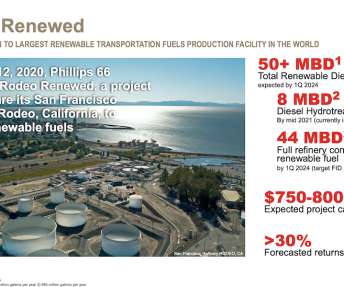

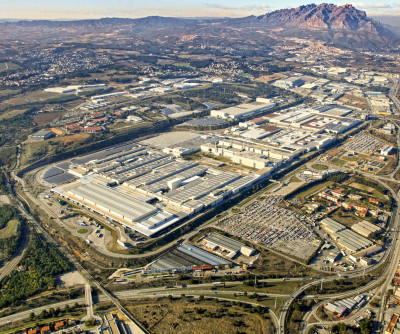

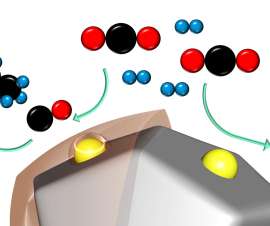













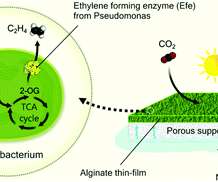








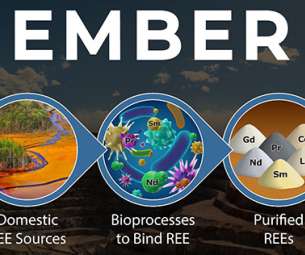









Let's personalize your content